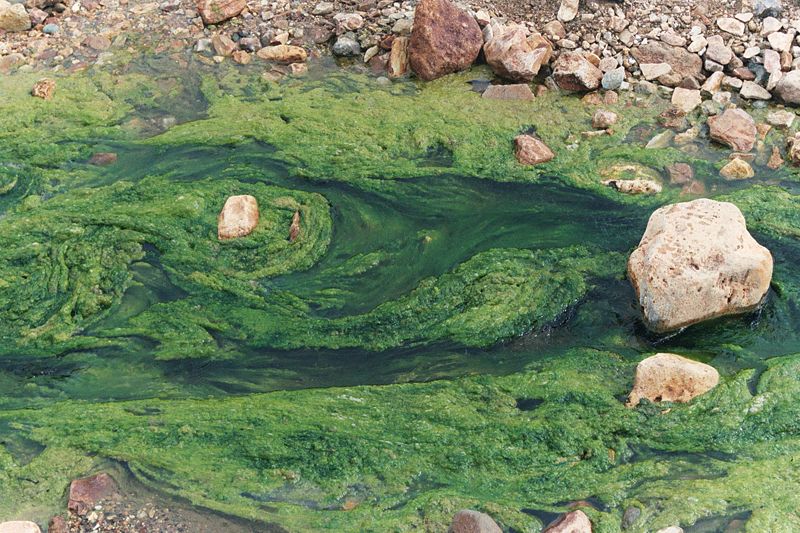This week, researchers have found evidence to suggest that life evolved on land much earlier than previously thought. These fossils come from a key point in evolution where tiny, simple bacterial (prokaryote) cells developed features resembling larger, more complex (eukaryotic) cells which would make photosynthesis and sexual reproduction possible.
 According to the paper published in Nature, microfossils have already been found that demonstrate life existed in the sea over three billion years ago but very little is known about early signs of life on land.
According to the paper published in Nature, microfossils have already been found that demonstrate life existed in the sea over three billion years ago but very little is known about early signs of life on land.
Paul Strother of Boston College and colleagues looked at microfossils found in billion-year-old rocks in northwest Scotland's Loch Torridon. The life-forms they looked at were eukaryotes: organisms whose cells contained complex structures inside cell walls, measuring up to a gargantuan one millimetre long.
The authors say that because of the presence of structures like a nucleus, chloroplasts and mitochondria, these simple eukaryotes must have lived in fresh water and were exposed to the open air because they have the parts necessary to perform photosynthesis.
The authors argue that it also supports the idea that prokaryote cyanobacteria evolved first in freshwater habitats and later migrated into the sea. And early cyanobacteria are thought to be the cells which ultimately became chloroplasts in plant cells; or in this case these early eukaryotes, which are thought to be a precursor to algae. The authors add that what it could mean is that freshwater habitats are better at encouraging eukaryotic evolution than the sea.
- Previous Self-righting bicycle
- Next Deadly Dinosaurs Preferred the Dark










Comments
Add a comment